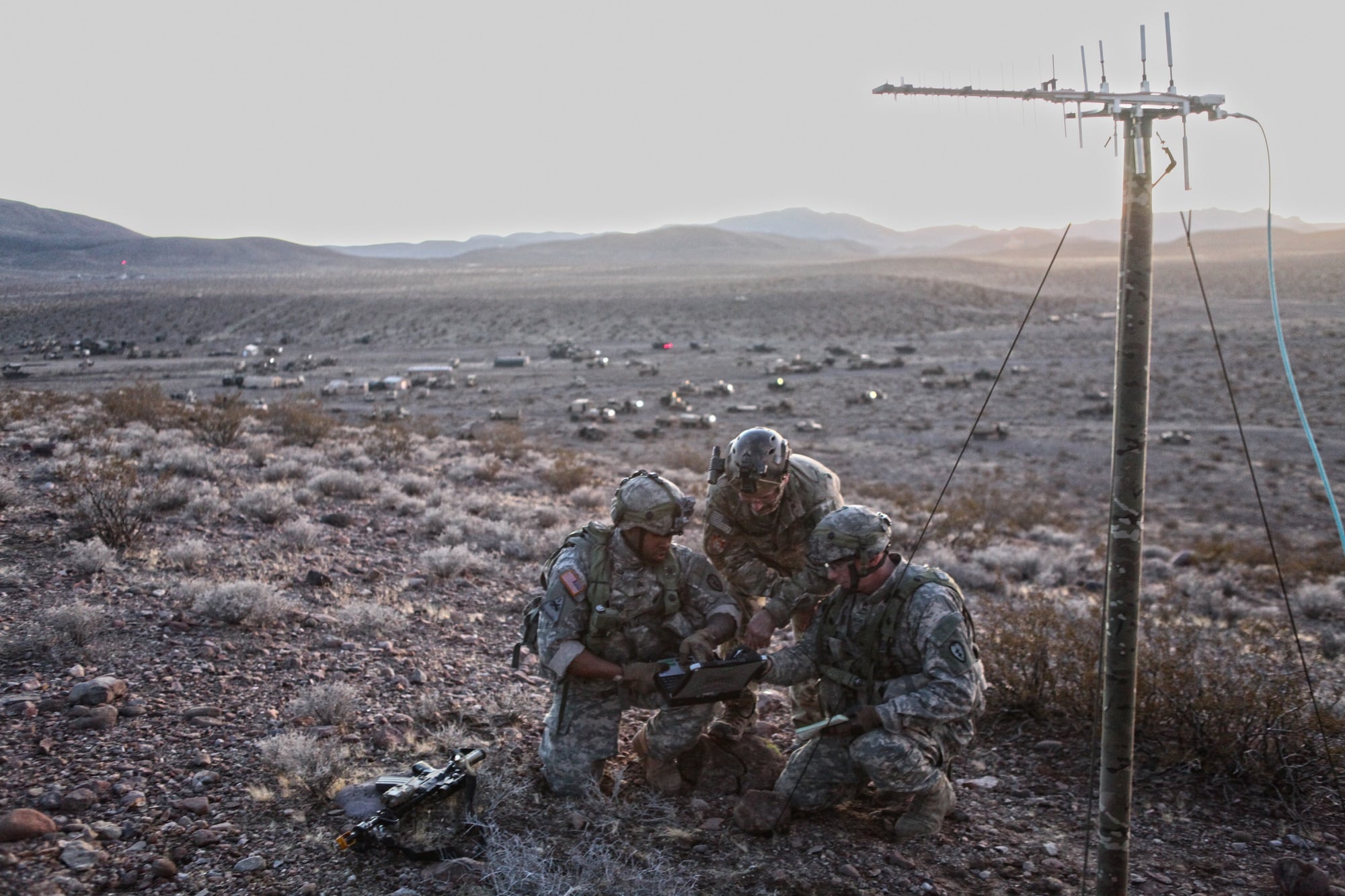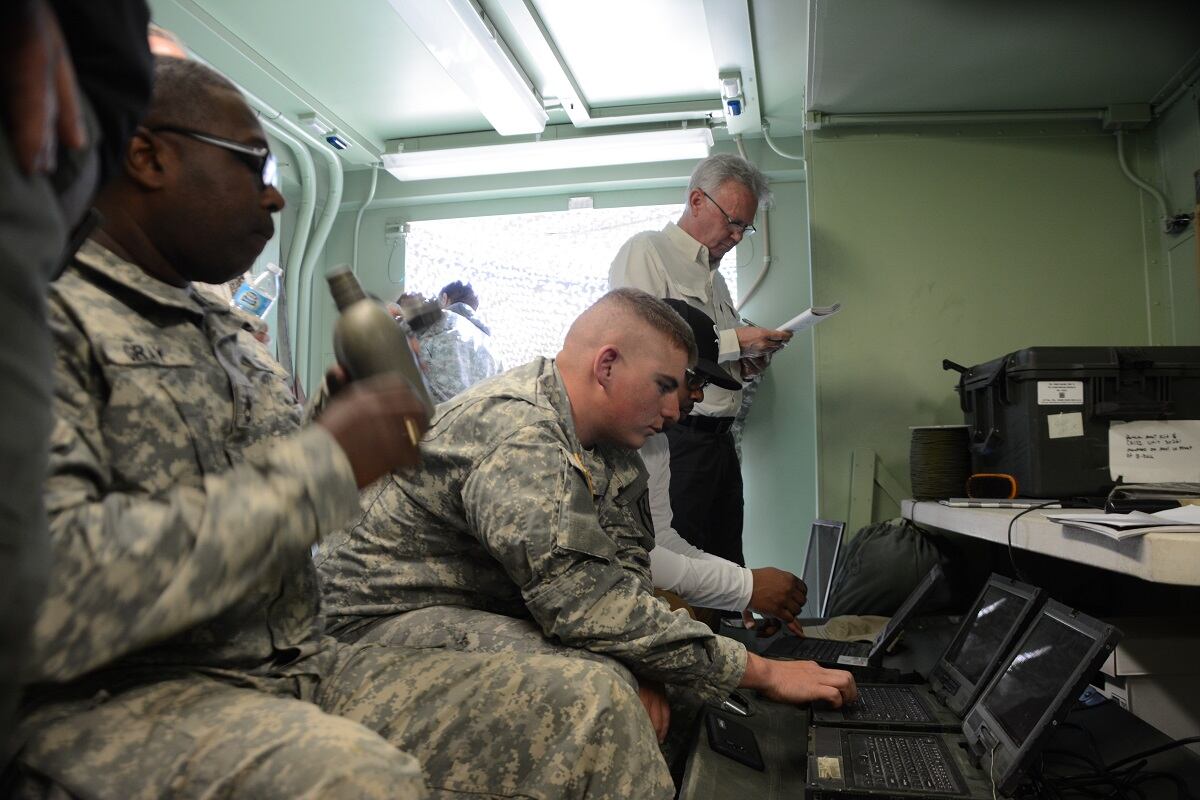The Army is looking to expand industry partners and technologies in the next five years to inform its pilot multidomain task force.
The task force will test new concepts the Army believes will be needed to fight future near-peer adversaries in areas such as long-range precision fires, cyber and electronic warfare.
In a notice to industry Dec. 18, Army Pacific, which is running the pilot, is in the process of assessing the industrial base for state-of-the-art technologies that can enable the pilot.
RELATED

In the run up to joint exercises in the 2018-2021 time frame, Army Pacific wants to hear from industry how its solutions can provide enhanced or new capabilities to the multidomain experimentation plan.
RELATED

Specific solutions named in the notice include:
- Integrated joint/partner fires targeting (lethal and non-lethal);
- Long range cross-domain fires;
- Land-based anti-ship missile capabilities;
- Long range strike capabilities from air, surface and maritime platforms;
- Multidomain artillery;
- Integrated intelligence;
- Cyber and Electromagnetic Activities;
- Space effects at operational and tactical levels;
- Organic over-the-horizon surveillance and targeting (including elevated sensors and unmanned aerial systems);
- Integrated and layered (short, medium and long range) air and missile defense capabilities and low-cost effectors;
- Mobile and survivable sensors (active, passive, seismic, etc.);
- Camouflage, concealment and deception across multi-spectral; visual, infrared, cyber, active radio frequency, etc.;
- Multidomain common operating picture;
- Survivable UAS (point launch/recovery, low observable) with modular/multi-payload options: ISR, EW, SIGINT, Kinetic);
- Advanced logistics and sustainment;
- Assured Communications, PNT, on and offshore datalink transmission;
- Manned-Unmanned Teaming; and
- Development of agile leaders (human dimension).
Mark Pomerleau is a reporter for C4ISRNET, covering information warfare and cyberspace.








